Under the Oak Tree
CaptRR
10 years ago
Related Stories
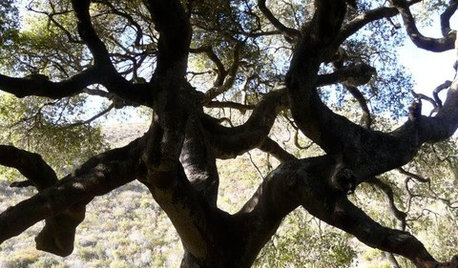
CALIFORNIA NATIVE PLANTSGreat Design Plant: Coast Live Oak
The stuff of legends and memories, this California tree is one to build a whole landscape around
Full Story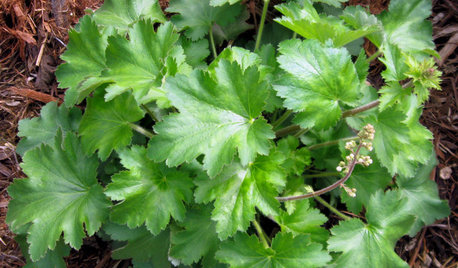
GARDENING GUIDESGreat Design Plant: Island Alumroot
Shade tolerance and resilience make this California native a natural for planting under oaks and other canopy trees
Full Story
GARDENING GUIDESPrunus Virginiana Thrives Under Deciduous Trees
Plant chokecherry for showy white flowers favored by native bees in spring, and to provide nesting habitat and food for birds
Full Story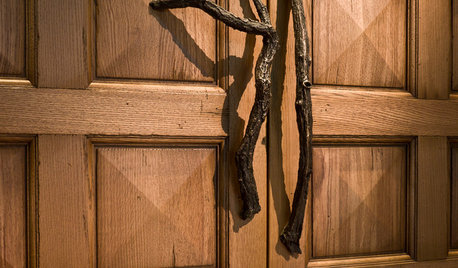
WOODWoodipedia: Make a Solid Choice With Oak
Forget those low-end products of old. Red and white oak today are beautiful, versatile and relatively inexpensive
Full Story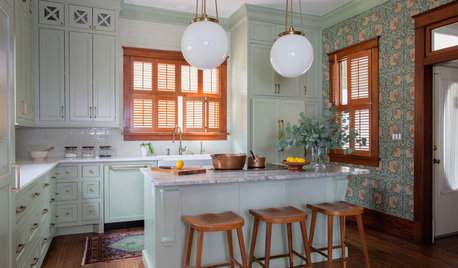
KITCHEN OF THE WEEKKitchen of the Week: Goodbye, Honey Oak — Hello, Minty Green
After more than 30 years, the Kloesels revamped their space to reflect their rural country town and Victorian-style home
Full Story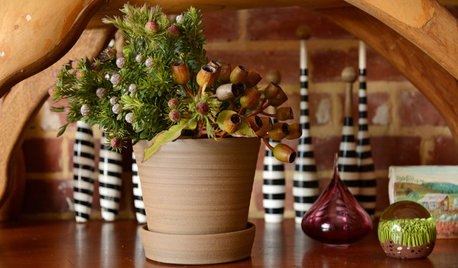
HOLIDAYSHoliday Decorating: Natural Looks From Down Under
Native greens and craftsy touches give an Australian stylist's home festive flair with an organic feel
Full Story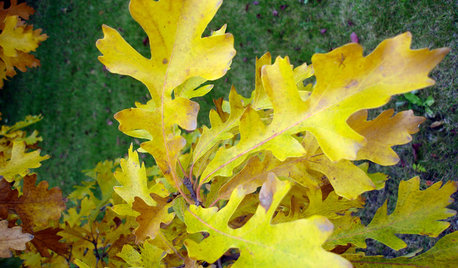
GARDENING GUIDESCelebrate Eastern Oaks for Wildlife, Longevity and Seasonal Interest
There might not be a more important tree to have in your eastern U.S. landscape — if you can fit one in
Full Story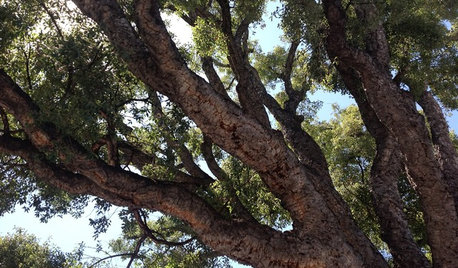
GARDENING GUIDESGreat Design Plant: Cork Oak
Witness an incredible renewable resource being grown while lolling in the abundant shade of this expansive, ever-popular tree
Full Story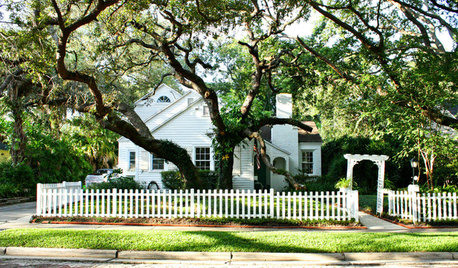
TREESGreat Design Plant: Southern Live Oak Offers an Unbeatable Canopy
Keep it dense or prune it for more light. No matter how you grow Quercus virginiana, it’s a majestic addition to its native landscape
Full Story
FALL GARDENING6 Trees You'll Fall For
Don’t put down that spade! Autumn is the perfect time for planting these trees
Full Story





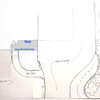
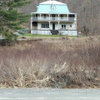
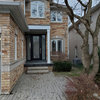
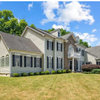
agardenstateof_mind
cyn427 (z. 7, N. VA)
Related Professionals
River Forest Landscape Architects & Landscape Designers · Elgin Landscape Contractors · Frisco Landscape Contractors · Wakefield Landscape Contractors · Maple Valley Landscape Contractors · Los Banos Landscape Contractors · Waipahu Landscape Contractors · Camp Springs Landscape Contractors · Draper Decks, Patios & Outdoor Enclosures · Estero Decks, Patios & Outdoor Enclosures · Hayward Decks, Patios & Outdoor Enclosures · Huber Heights Decks, Patios & Outdoor Enclosures · Surfside Decks, Patios & Outdoor Enclosures · Decks, Patios & Outdoor Enclosures · Elk Grove Swimming Pool Buildersagardenstateof_mind
cyn427 (z. 7, N. VA)
cyn427 (z. 7, N. VA)
jim_1 (Zone 5B)